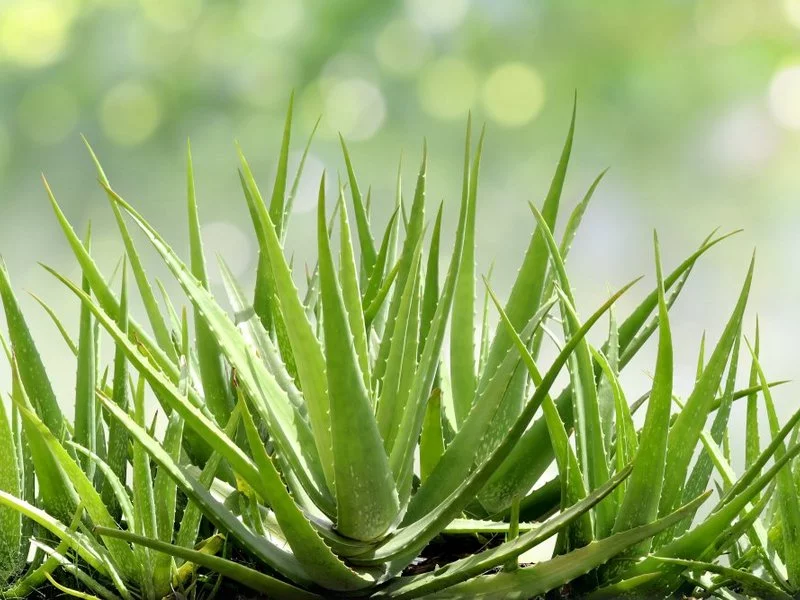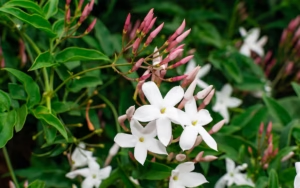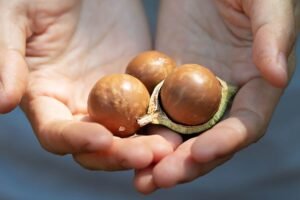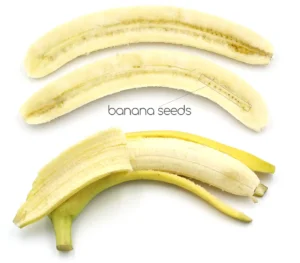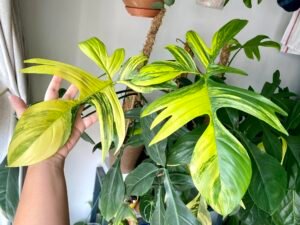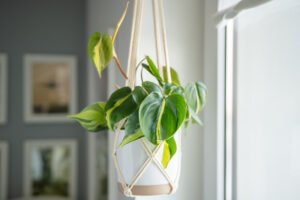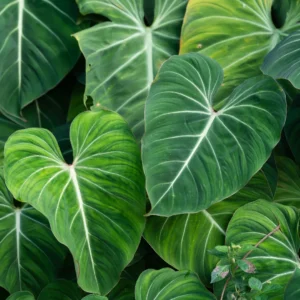Aloe vera is one of the most popular plants for both indoor and outdoor gardens. Known for its healing properties, low maintenance, and ability to thrive in diverse conditions, Aloe vera is a must-have for plant lovers. If you want to learn how to grow and care for Aloe vera, this guide will provide detailed insights, from choosing the right spot to propagating new plants and solving common issues.
Quick Overview of Aloe Vera
Before diving into detailed care, here’s a quick table to understand the basic characteristics of Aloe vera:
| Common Name | Aloe Vera |
|---|---|
| Botanical Name | Aloe barbadensis miller |
| Family | Asphodelaceae |
| Plant Type | Succulent, Perennial |
| Mature Size | 1-3 feet tall, 1-2 feet wide |
| Sun Exposure | Full sun to partial shade |
| Soil Type | Well-draining, sandy or loamy |
| Soil pH | Slightly acidic to neutral (6.0-7.0) |
| Hardiness Zones | 9-11 (USDA) |
| Native Area | Arabian Peninsula, Africa |
| Toxicity | Toxic to pets (mild to moderate) |
Where to Grow Aloe Vera
Ideal Conditions for Aloe Vera
Aloe vera thrives in warm, dry conditions. This succulent loves sunlight but can adapt to partial shade, making it perfect for both indoor and outdoor spaces. If you live in a region with hot summers and mild winters, Aloe vera can grow outdoors year-round. However, in colder climates, it’s best to keep Aloe vera indoors during winter.
- Sunlight: Place Aloe vera in a spot where it gets at least 6-8 hours of bright, indirect sunlight. Direct afternoon sunlight may scorch the leaves, especially in hot climates, so choose morning sun or filtered light for the best results.
- Temperature: Aloe vera prefers temperatures between 55°F to 80°F (13°C to 27°C). It cannot tolerate frost or freezing temperatures.
- Air Circulation: Good airflow helps keep the plant healthy. If grown indoors, ensure the room has ventilation and light.
Indoors vs Outdoors
- Indoors: Use a sunny windowsill, preferably south- or west-facing. Rotate the pot periodically to ensure even light exposure.
- Outdoors: Grow Aloe vera in pots or garden beds with well-draining soil. Raised beds work well to avoid water accumulation.
Choosing the Right Container
For potted Aloe vera, choose a terracotta or clay pot with drainage holes. These materials allow the soil to dry out faster and prevent root rot, which is common in succulents when overwatered.
How to Care for Aloe Vera
1. Watering Aloe Vera
Aloe vera is drought-tolerant, which means it doesn’t need frequent watering. Overwatering is the most common mistake new gardeners make.
- How Often to Water: Water deeply but infrequently. Allow the top 1-2 inches of soil to dry out completely before watering again. Typically, this means watering every 2-3 weeks in summer and less in winter.
- Signs of Overwatering: Yellowing or mushy leaves are a sign of excess water.
- Underwatering: If the leaves start to wrinkle or become dry, the plant needs more water.
2. Soil for Aloe Vera
Aloe vera requires well-draining soil to thrive. Regular garden soil holds too much moisture, so it’s best to use a cactus or succulent mix.
- DIY Soil Mix: Combine 2 parts potting soil, 1 part sand, and 1 part perlite or pumice for excellent drainage.
- Drainage Tip: Ensure the pot or garden area has drainage holes to prevent waterlogging.
3. Sunlight Requirements
As mentioned earlier, Aloe vera loves bright, indirect sunlight. If grown indoors, consider moving the plant outdoors for some hours during summer to encourage healthy growth.
- Signs of Too Much Sun: Brown or scorched leaf tips indicate sunburn. Move the plant to partial shade.
- Not Enough Sunlight: If the plant becomes leggy or the leaves turn pale, it’s not receiving enough light.
4. Fertilizing Aloe Vera
Aloe vera doesn’t need heavy feeding. However, feeding the plant sparingly can encourage growth.
- Type of Fertilizer: Use a balanced, water-soluble fertilizer (like 10-10-10) diluted to half strength.
- How Often: Fertilize once in spring and again in midsummer. Avoid fertilizing in winter when the plant is dormant.
5. Temperature and Humidity
Aloe vera prefers a warm, dry climate. Avoid placing the plant in drafty or cold spots.
- Humidity: Aloe vera thrives in low-humidity environments. High humidity can lead to fungal diseases.
- Temperature: Never expose Aloe vera to temperatures below 40°F (4°C).
How to Propagate Aloe Vera
Propagating Aloe vera is simple and rewarding. You can expand your Aloe vera collection or share new plants with friends.
Propagation Through Pups (Offsets)
Aloe vera produces small offshoots called “pups” at the base of the parent plant. These are the easiest way to propagate Aloe vera.
Steps to Propagate Aloe Vera:
- Wait until the pups are at least 3-4 inches tall.
- Remove the parent plant from its pot and gently separate the pups. Use a sharp, clean knife if needed.
- Let the pups dry for 24-48 hours. This prevents rotting when they are replanted.
- Plant the pups in small pots filled with well-draining soil.
- Water sparingly for the first few weeks until roots establish.
Propagation Through Leaves
Although not as common or successful, Aloe vera can also propagate through leaf cuttings.
- Cut a healthy leaf near the base.
- Let the cut end dry for 2-3 days.
- Place the cut end in a pot with well-draining soil.
- Keep the soil slightly moist until roots develop (it may take weeks).
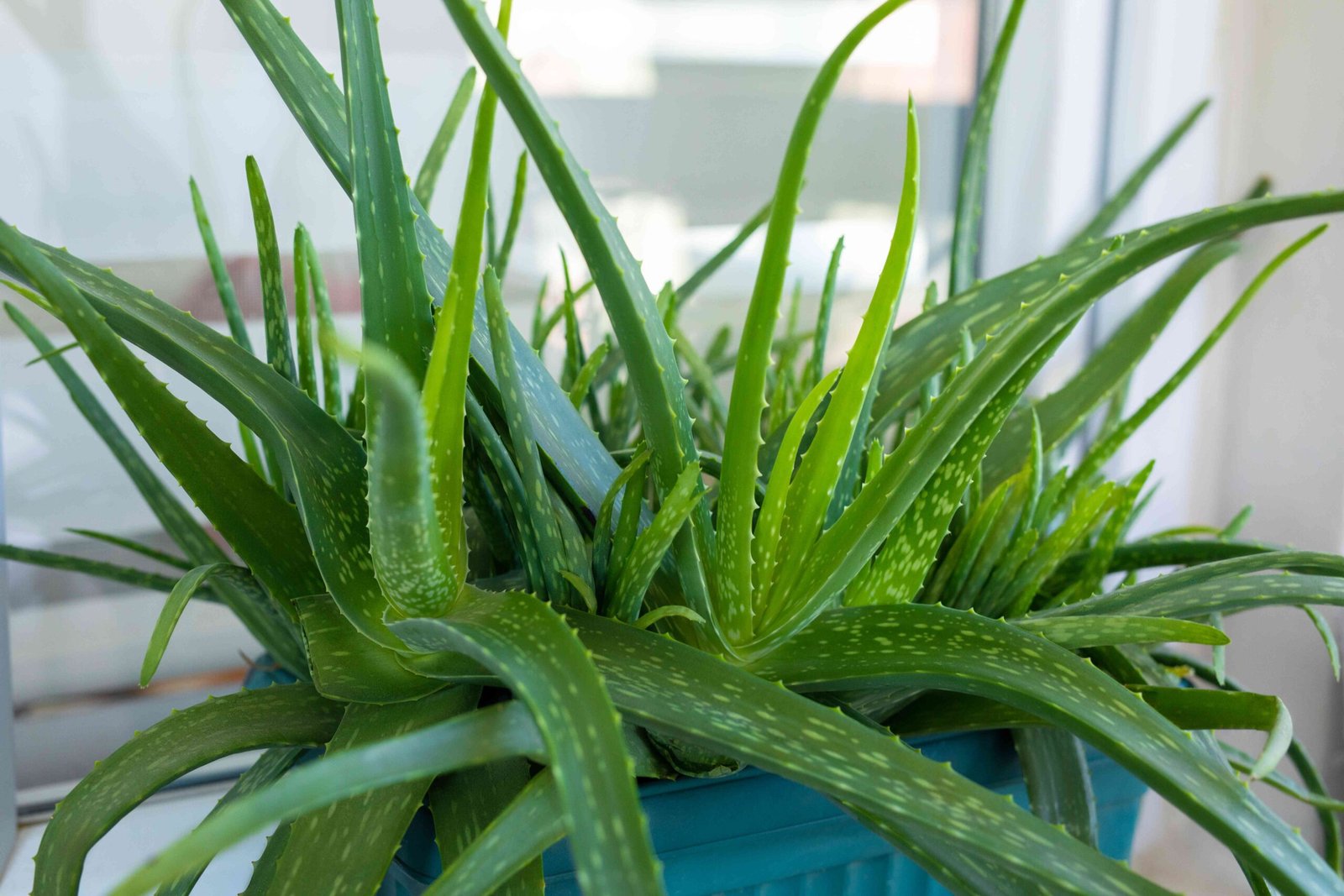
Aloe Vera Problem-Solving
Even though Aloe vera is low-maintenance, it can still face some common problems. Here’s how to solve them:
1. Yellow or Brown Leaves
- Cause: Overwatering, poor drainage, or sunburn.
- Solution: Reduce watering, check drainage, and move to indirect sunlight.
2. Soft, Mushy Leaves
- Cause: Root rot due to excessive moisture.
- Solution: Allow the soil to dry out completely and repot in fresh, well-draining soil.
3. Pests
- Common Pests: Mealybugs and aphids.
- Solution: Wipe leaves with a cloth dipped in alcohol or spray with insecticidal soap.
4. Wrinkled Leaves
- Cause: Underwatering.
- Solution: Water the plant thoroughly but do not overdo it.
Types of Aloe Vera to Grow
There are several types of Aloe vera and Aloe-related plants to choose from:
- Aloe barbadensis miller: The most common Aloe vera variety used for medicinal purposes.
- Aloe arborescens: Known as the Torch Aloe, it grows larger and has orange-red flowers.
- Aloe juvenna: A smaller Aloe variety with spiky, compact leaves.
- Aloe ferox: A striking species with tall spikes of red flowers.
Frequently Asked Questions (FAQ)
1. How often should I water Aloe vera?
Water Aloe vera every 2-3 weeks, allowing the soil to dry out completely between waterings.
2. Can Aloe vera survive indoors?
Yes, Aloe vera thrives indoors as long as it gets plenty of light and good airflow.
3. Is Aloe vera toxic to pets?
Yes, Aloe vera is mildly toxic to pets. Keep it out of reach of cats and dogs.
4. Why are my Aloe vera leaves turning yellow?
Yellow leaves are often caused by overwatering. Ensure the soil is well-draining and allow it to dry out between waterings.
Read also: https://techcrunchs.net/how-to-grow-and-care-for-spider-plant/
Read also: https://techcrunchs.net/peace-lilies-how-to-grow-and-care-for-peace-lilies/

